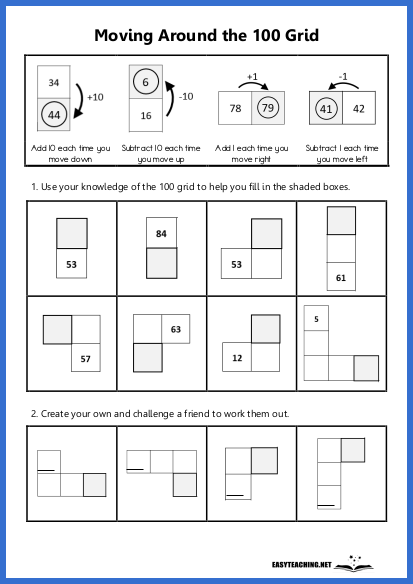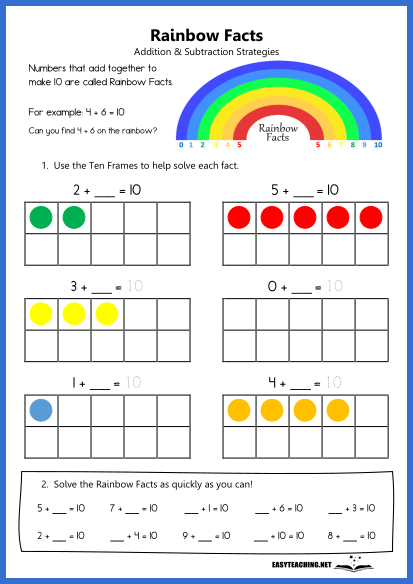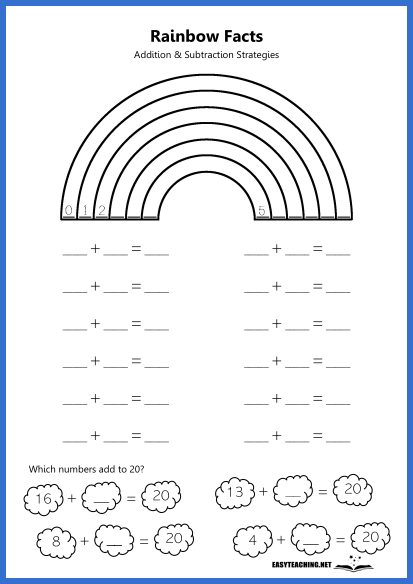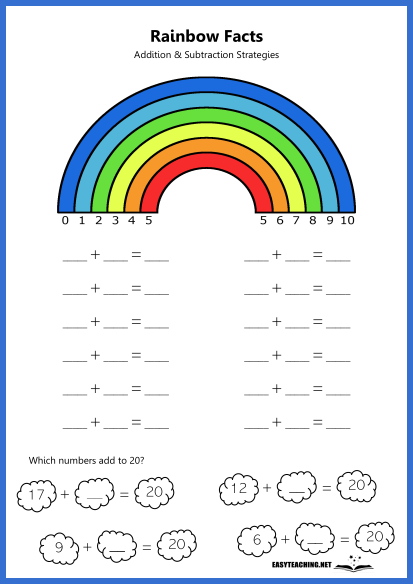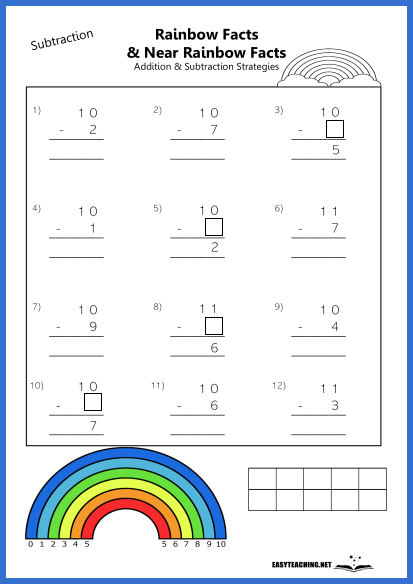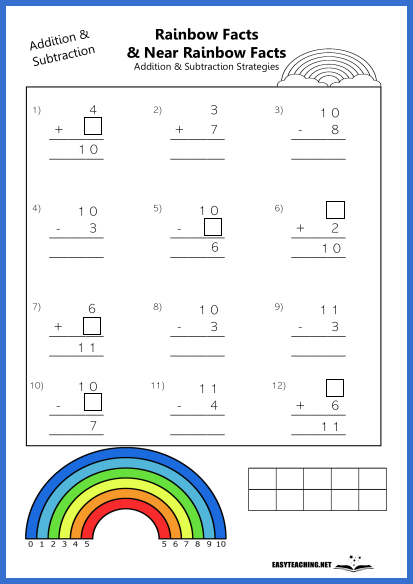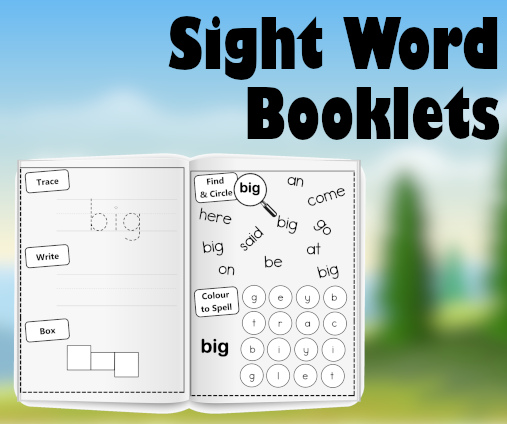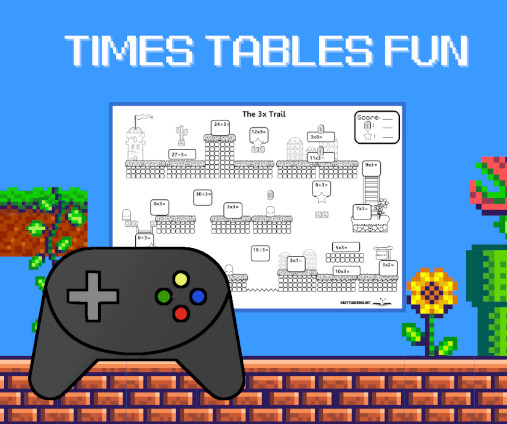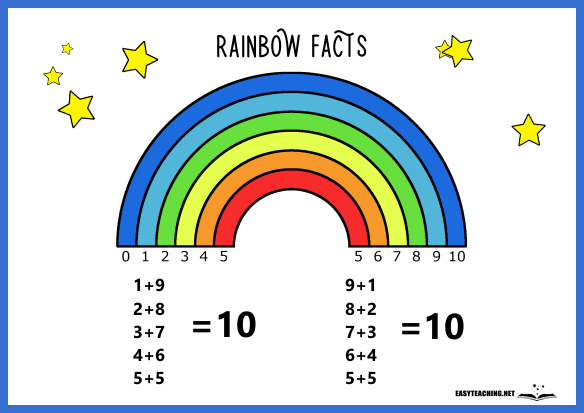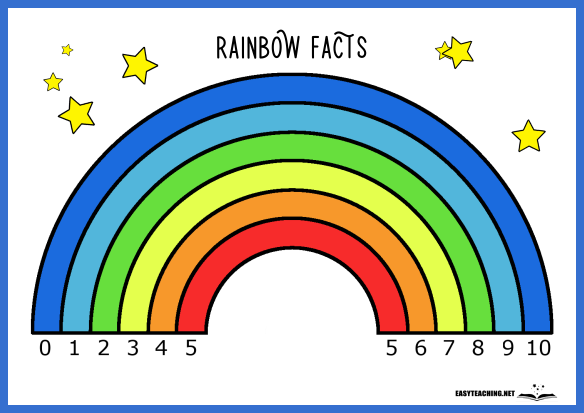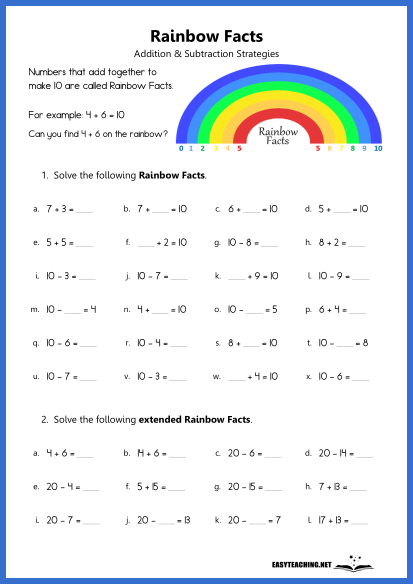TOPICS
Maths
Browse our collection of addition and subtraction strategy worksheets. These resources to help teach subtraction and addition strategies such as rainbow facts, doubles, count on/count back and bridge to 10. Students need a range of strategies to work efficiently with numbers. Mental computation strategies are an important building block in mathematics.
Use the filter above to narrow the results by resource type and/or grade level.





